Curriculum Vitae
A curriculum vitae (CV) is a comprehensive summary of a person's educational background, work experience, skills, and achievements, typically used for job applications.
Curriculum Vitae (CV), is a crucial document that serves as the cornerstone of the hiring process for both candidates and recruiters. Whether you're a job seeker eager to present your qualifications and achievements effectively or a recruiter searching for the perfect fit for your organization, understanding the intricacies of the CV is essential.
Whether you're a job seeker eager to present your qualifications and achievements effectively or a recruiter searching for the perfect fit for your organization, understanding the intricacies of the CV is essential.
In this guide, we will embark on a comprehensive journey through the world of Curriculum Vitae, exploring it from both the candidate's and recruiter's perspectives.
We will demystify its purpose, structure, and the critical elements that make it an indispensable tool in the recruitment process. Whether you're seeking to create a compelling CV that stands out in a crowded job market or aiming to refine your evaluation process as a recruiter, we've got you covered.
What is a CV?
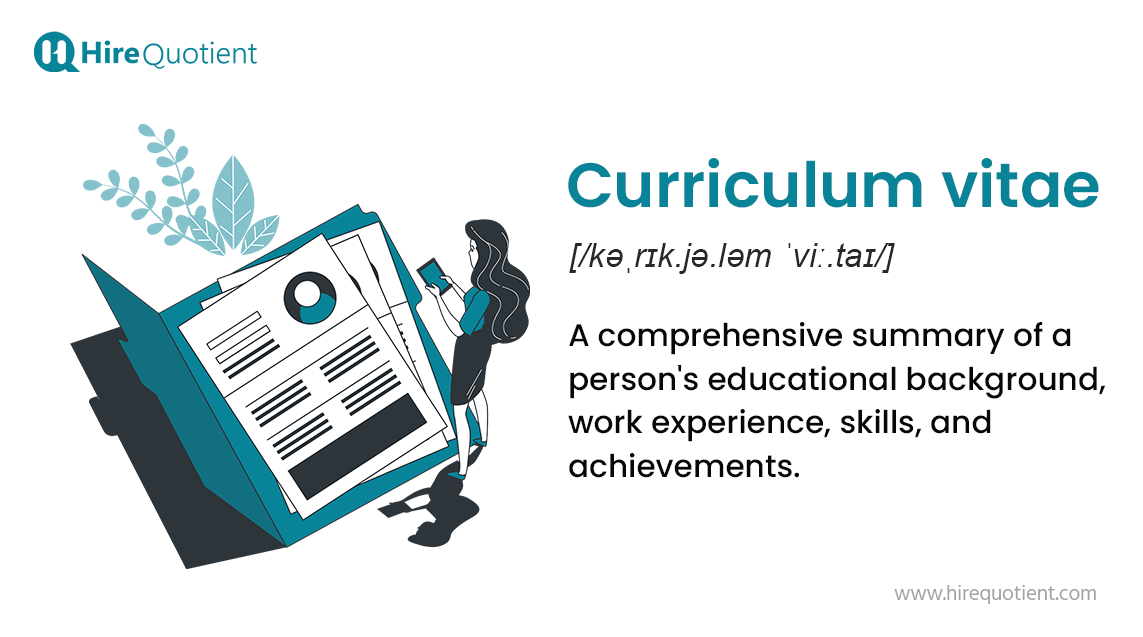
A Curriculum Vitae, derived from Latin meaning "Course of Life," goes beyond a mere list of work experiences and academic accomplishments. It is a personalized representation of your professional journey, a window into your skills, aspirations, and potential.
For candidates, it is a chance to make a l asting first impression on potential employers, while recruiters rely on CVs to identify the best-suited talents amidst a sea of applicants.
A well-crafted CV plays a pivotal role in a candidate's job search, as it serves as the first point of contact with potential employers. For recruiters and academic institutions, the CV is an essential tool for evaluating candidates' qualifications and experiences to determine their suitability for specific positions or opportunities. It offers a comprehensive picture of a candidate's potential, allowing recruiters to make informed decisions in the hiring process.
Understanding Curriculum Vitae(CV) - For a Candidate
Curriculum Vitae Meaning
In the context of employment and academia, it refers to a comprehensive document that presents a detailed summary of a person's educational background, work experience, skills, achievements, and other relevant qualifications.
Basic Components of a CV
A well-structured Curriculum Vitae (CV) is essential to create a positive impression on potential employers or academic institutions. While there are variations in CV formats, the following are the key components that should be included:
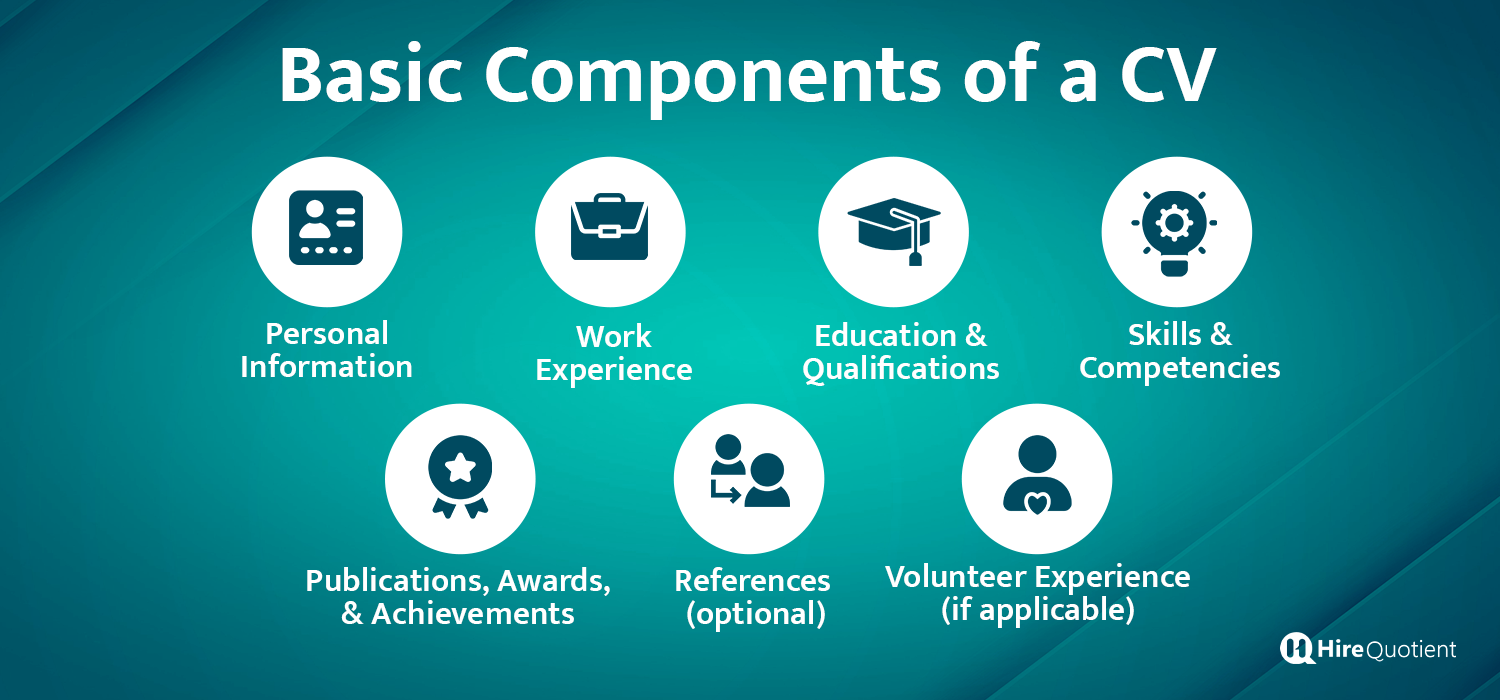
- Personal Information:
- Full Name
- Contact Information (address, phone number, email)
- Professional Summary/Objective
Example
John Doe 123 Main Street, City, State, Zip Code Phone: (123) 456-7890 Email: john.doe@email.com Professional Summary: Results-driven marketing professional with 5 years of experience in brand management and digital marketing strategies. Adept at analyzing market trends and developing innovative campaigns to drive brand awareness and sales growth. |
2. Work Experience:
- Job Titles
- Company/Organization Names and Locations
- Employment Duration (start and end dates)
- Key Responsibilities and Achievements
Example
Work Experience: Digital Marketing Manager | XYZ Marketing Agency, City, State | Jan 2019 - Present - Developed and executed digital marketing strategies resulting in a 30% increase in website traffic. - Implemented social media campaigns that generated a 40% boost in lead generation. Marketing Coordinator | ABC Company, City, State | May 2016 - Dec 2018 - Assisted in planning and executing marketing events, resulting in a 20% increase in customer engagement. - Conducted market research to identify new product opportunities, leading to a 15% revenue growth. |
3. Education and Qualifications:
- Educational Institutions Attended
- Degrees Earned (including majors or specializations)
- Graduation Dates
Example
Education: Bachelor of Science in Business Administration | University of XYZ, City, State | May 2015 - Major: Marketing - Minor: Finance |
4. Skills and Competencies:
- Technical Skills (e.g., programming languages, software proficiency)
- Soft Skills (e.g., communication, leadership, problem-solving)
Example
Skills: - Digital Marketing (SEO, SEM, Social Media Marketing) - Data Analysis (Google Analytics, Excel, Tableau) - Project Management - Excellent Written and Verbal Communication - Team Leadership and Collaboration |
5. Publications, Awards, and Achievements:
- Research Publications (if applicable)
- Honors and Awards Received
Example
Publications: - "Trends in Digital Marketing Strategies" - Journal of Marketing Research, 2020 Awards: - Marketing Excellence Award - ABC Marketing Conference, 2018 |
6. Volunteer Experience (if applicable):
- Volunteer Organizations or Causes Supported
- Roles and Contributions
Example
Volunteer Experience: Digital Marketing Volunteer | Non-Profit Organization, City, State | June 2019 - Present - Managed social media accounts, increasing online engagement by 25%. - Assisted in organizing fundraising events, raising $10,000 for the cause. |
7. References (optional):
- Contact Information of Professional References (name, title, company, email, phone)
Example
References: 1. Jane Smith, Marketing Director, XYZ Marketing Agency Email: jane.smith@email.com | Phone: (987) 654-3210 2. Dr. John Johnson, Professor of Marketing, University of ABC Email: john.johnson@email.com | Phone: (555) 123-4567 |
Curriculum Vitae Tips: How to write a CV?
Writing a compelling Curriculum Vitae (CV) requires careful planning and attention to detail. Here are some valuable tips to help you create an effective CV that showcases your qualifications and experiences in the best possible light:
- Start with Personal Information: Begin your CV with your full name, contact information, and a professional summary or objective (optional) that provides a concise overview of your career goals and key attributes.
- Tailor Your CV to the Job Application: Customize your CV for each job or academic opportunity you apply for. Analyze the job description and identify key skills and experiences required. Adjust your CV to highlight your most relevant qualifications and align them with the employer's needs.
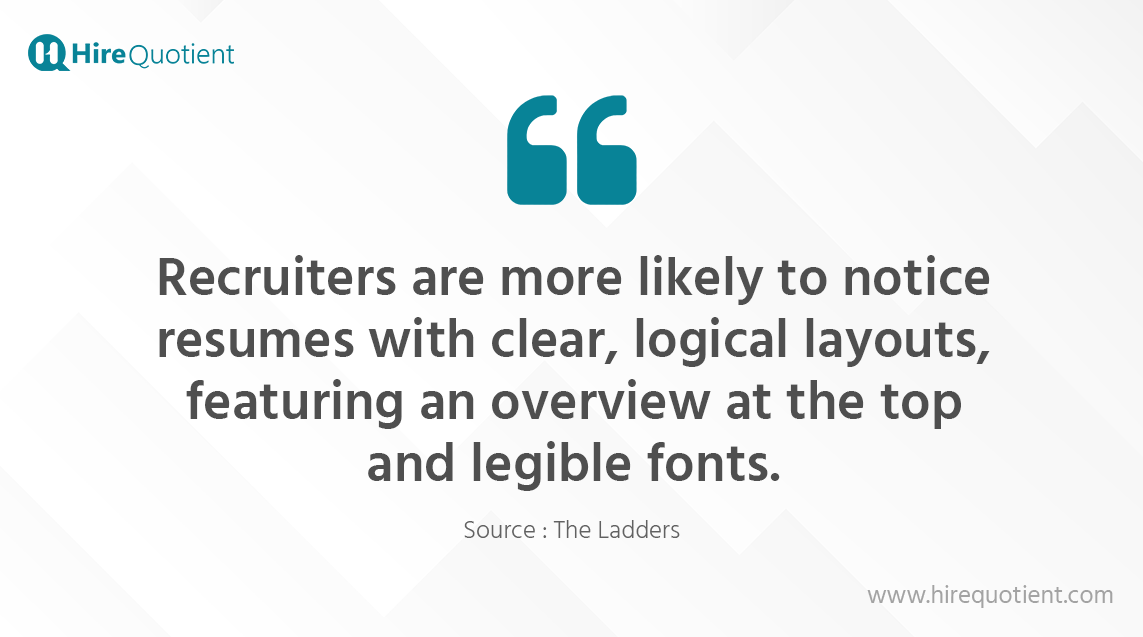
- Customize for Each Application: Tailor your CV for each job or academic opportunity. Research the company or institution and align your CV with their values and requirements.
- Consider Visual Appeal: Use a clean and professional design with consistent fonts and formatting. Avoid excessive colors or elaborate graphics that may distract from the content.
- Showcase Achievements and Impact: Rather than listing job duties, focus on your achievements and the impact you made in previous roles. Use quantifiable results and specific examples to demonstrate your value and contributions.
Example: Instead of saying: "Managed social media accounts," say: "Increased social media engagement by 40% through strategic content planning."
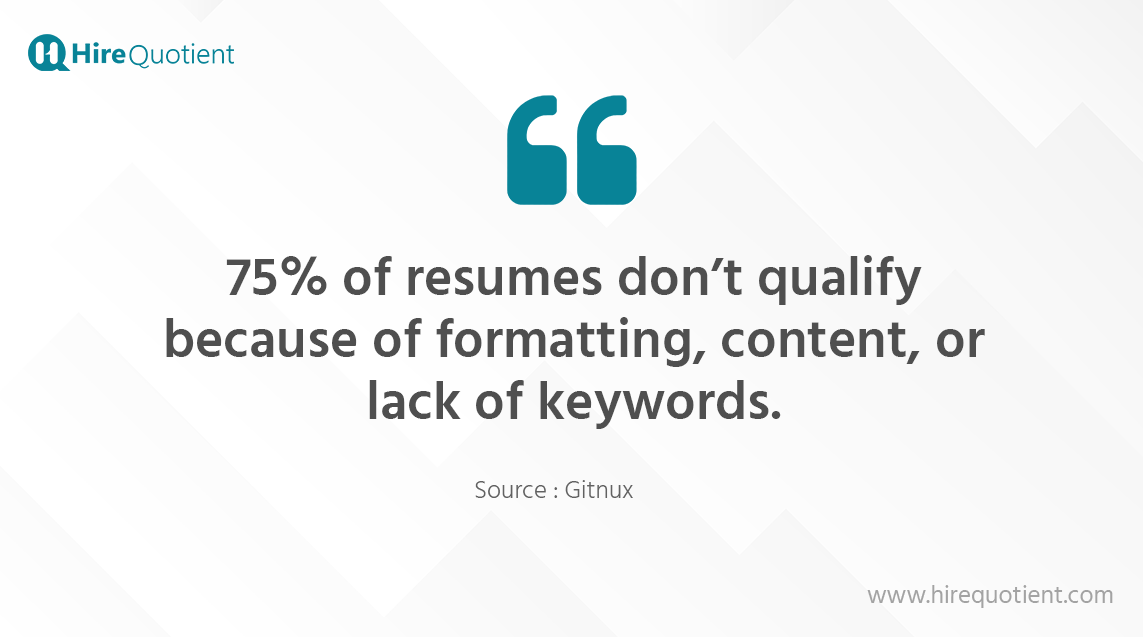
- Seek Feedback: Before submitting your CV, ask for feedback from friends, colleagues, or mentors. Fresh perspectives can help you identify areas for improvement.
Creating a Powerful CV - Template, Format, and Samples for Candidates
When crafting your Curriculum Vitae (CV), using a template and referring to CV samples can be immensely helpful. Here's a guide on how to choose a CV template, understand the format, and explore some sample sections:
CV Template Selection
- Look for templates that match your industry or profession. Some templates are designed specifically for creative fields, while others are more suitable for traditional industries.
- Ensure the template is professional, visually appealing, and easy to read. Avoid excessive colors or elaborate designs that may distract from the content.
CV Format
- Use a reverse-chronological format to list your work experiences, starting with the most recent and working backward.
- Divide your CV into clear sections with headings, such as Personal Information, Professional Summary, Work Experience, Education, Skills, and Achievements.
CV Sample
Keep in mind that CV samples are meant for guidance and inspiration. Tailor the content to suit your individual experiences and qualifications. Here is a CV sample for your reference:
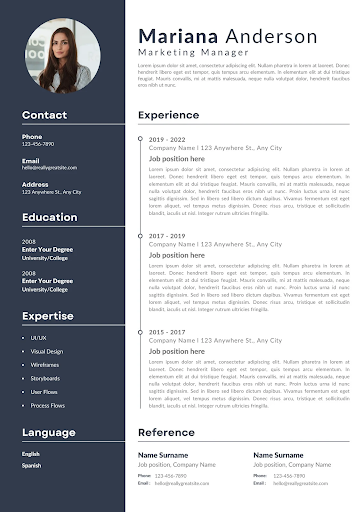
CV vs Resume
CV (Curriculum Vitae) and resume are both documents used by job seekers to showcase their qualifications and experiences, but they differ in purpose, length, content, and usage. Here's a breakdown of the main differences between a CV and a resume:
Aspect | CV (Curriculum Vitae) | Resume |
Length | Longer, typically 2 or more pages. | Shorter, usually limited to 1 or 2 pages. |
Content | Comprehensive overview of the candidate's entire career, including education, work experiences, achievements, skills, and publications. | Concise summary of the candidate's relevant skills, work experiences, and achievements related to the specific job applied for. |
Purpose | Used mainly in academic, research, and international job applications. Also used for grants, fellowships, and academic positions. | Tailored for a specific job application, highlighting how the candidate's qualifications match the job role. |
Format | Structured in a reverse-chronological order, emphasizing education and academic achievements. | Customizable, with flexibility to highlight specific experiences and skills based on the job requirements. |
Personal Information | Typically includes personal information, such as name, contact details, and sometimes a professional photograph. | Usually limited to basic contact details like name, email address, phone number, and location. |
Work Experience and Education | A comprehensive listing of all work experiences, including job titles, duties, and durations. Also includes publications, research projects, and academic details. | Focused on relevant work experiences related to the job applied for, with brief descriptions of achievements and impact. |
Skills | Includes both technical and transferable skills developed throughout the candidate's career. | Highlights relevant skills and accomplishments relevant to the job position. |
References | May or may not include references. If included, usually provides a list of academic and professional references. | Usually excludes references and includes a statement such as "References available upon request." |
Usage | Commonly used in Europe, Africa, and the Middle East. | Predominantly used in the United States, Canada, and other countries following a similar application format. |
CV vs Reverse chronological Cover letter
| Aspect | CV (Curriculum Vitae) | Cover Letter |
| Purpose | Provides a comprehensive overview of the candidate's qualifications, work experiences, and achievements. | Serves as a personalized letter accompanying the CV or resume, explaining why the candidate is a suitable fit for the specific job position. |
| Format | Structured in a reverse -chronological order, emphasizing academic and professional details. | Generally follows a formal business letter format with a greeting, introduction, body paragraphs, and a closing. |
| Customization | Generally remains unchanged over time and is tailored to specific job sectors or academic fields. | Customized for each job application to address the specific needs of the employer and position. |
Curriculum Vitae (CVs): for a Recruiter
Curriculum Vitae are a fundamental component of the hiring process, serving as the first point of contact between a candidate and the recruiter. CVs provide a comprehensive overview of a candidate's educational background, work experiences, skills, achievements, and more. They offer recruiters valuable insights into a candidate's potential fit for a specific job role.
CVs help recruiters efficiently screen and shortlist candidates, saving time and resources during the initial stages of the recruitment process. A well-crafted CV can significantly impact a candidate's chances of securing an interview and ultimately landing the job.
How do Recruiters evaluate CVs?
- Keyword Matching: Recruiters use keywords from the job description to identify candidates whose qualifications align with the position. An optimized CV with relevant keywords increases the chances of being noticed by recruiters.
- Relevance and Experience: Recruiters assess the candidate's work experience, seeking evidence of relevant achievements and accomplishments. The candidate's career trajectory, accomplishments, and alignment with the job requirements are crucial considerations.
- Educational Qualifications: Recruiters verify if the candidate's educational background meets the minimum requirements for the role and the company's standards.
- Skills and Competencies: Recruiters evaluate the candidate's skills, both technical and soft, to gauge their suitability for the job role and the company's culture.
- Formatting and Clarity: A well-organized and easy-to-read CV stands out. Recruiters prefer clear headings, bullet points, and a professional format.
Common Pitfalls to Avoid in CV Assessment
- Unexplained Gaps: Recruiters look for gaps in employment history and seek explanations for any extended breaks between jobs.
- Inaccurate or Incomplete Information: CVs should be accurate and contain complete details of educational qualifications, work experiences, and achievements.
- Excessive Length: Overly long CVs may deter recruiters from reading through all the content. Conciseness is vital.
- Overlooking Relevant Experience: Ensure the most relevant experiences and achievements are prominent, especially if the CV is extensive.
Identifying Red Flags in a CV
- Job-Hopping: Frequent job changes without valid reasons can raise concerns about a candidate's stability and commitment.
- Inflated Qualifications: CVs with exaggerated qualifications or skills can raise doubts about a candidate's credibility.
- Lack of Customization: Generic CVs that are not tailored to the specific job role may indicate a lack of genuine interest in the position.
Utilizing Applicant Tracking Systems (ATS):
Many recruiters use ATS to streamline the CV screening process. ATS software scans CVs for relevant keywords and qualifications, allowing recruiters to shortlist candidates efficiently. As a candidate, tailoring your CV to include the relevant keywords from the job description can improve your chances of passing the ATS screening stage.
Best Practices for Recruiters in CV Evaluation
Clarifying Job Requirements
- Collaborate with Hiring Managers: Work closely with hiring managers and stakeholders to gain a clear understanding of the job requirements, including technical skills, experience levels, and personal attributes needed for success in the role.
- Create a Detailed Job Description: Develop a comprehensive job description that outlines the key responsibilities, qualifications, and specific requirements for the position. This document will serve as a reference point during CV evaluation.
Developing Evaluation Criteria
- Establish Clear Evaluation Criteria: Define specific criteria for assessing CVs, focusing on essential qualifications, experiences, and skills that align with the job description.
- Weight Different Criteria: Assign appropriate weightage to various qualifications and experiences based on their importance to the role. This helps prioritize the most critical attributes during CV evaluation.
Comparing CVs Fairly and Objectively
- Blind CV Review: Consider conducting a blind review by removing candidate names and personal information during the initial screening process to avoid unconscious bias.
- Use Evaluation Rubrics: Develop a standardized rubric that outlines evaluation parameters for each criterion. This ensures consistency and fairness when comparing CVs.
- Score CVs Consistently: Use a consistent scoring system to objectively rate candidates' qualifications and experiences. This approach enables fair comparison and decision-making.
Balancing Hard Skills and Soft Skills:
- Recognize the Importance of Both: Acknowledge the significance of technical (hard) skills and interpersonal (soft) skills in job performance and company culture.
- Assess Soft Skills Indicators: While soft skills may be challenging to quantify from a CV, look for indications of teamwork, leadership, communication, adaptability, and problem-solving through work experiences and achievements.
Conducting Initial Screening based on CVs:
- Set Clear Screening Criteria: Use the defined evaluation criteria to screen CVs and shortlist candidates who meet the minimum requirements for the role.
- Prioritize Job Relevance: Focus on work experiences and achievements that directly align with the job role. Prioritize candidates whose CVs demonstrate a strong fit for the specific position.
- Personalized Communication: Provide personalized feedback to candidates, especially when their CVs do not match the job requirements. Offering constructive feedback can enhance the candidate experience and improve the employer brand.
- Balance Automation and Human Review: While ATS can be efficient for initial screening, ensure human intervention during critical stages to evaluate candidates holistically.
The Final Note
In conclusion, CVs hold immense significance for both candidates and recruiters. They serve as a key tool for candidates to present their professional story and qualifications, while recruiters rely on CV evaluation to identify the best-fit candidates for job vacancies.
By continuously improving CVs and refining the evaluation process, candidates and recruiters can collaborate to achieve successful hiring outcomes and build a strong and mutually beneficial professional relationship.
Try EasySource - the world’s first fully automated talent sourcing tool to find and engage with candidates efficiently.
Related Reads:
- How to Write a CV For a Job with No Experience?
- What to Put on a Job Application if you have no Work Experience?
- A Complete Guide to Resume Screening: Definition, Checklist, Tools
- 6 Resume Sections that Will Help You in Getting a Job
- 5 Rezi Resume Builder Alternatives to Make Your Job-Winning Resumes
- 300+ Powerful Resume Adjectives To Make Your Resume Stand Out
- 100+ Resume Buzzwords to Use When Crafting Your Resumes
- Difference Between CV and Resume: What Job Seekers Need to Know

